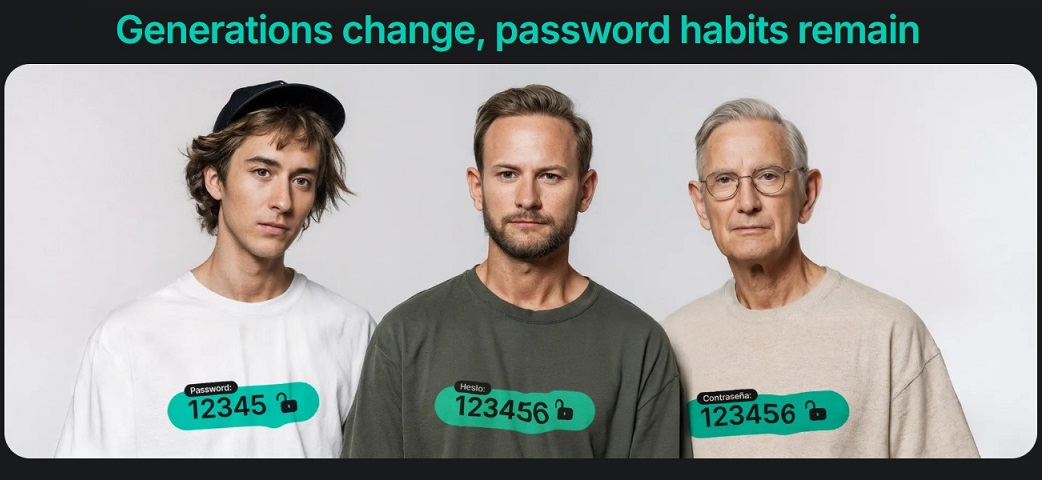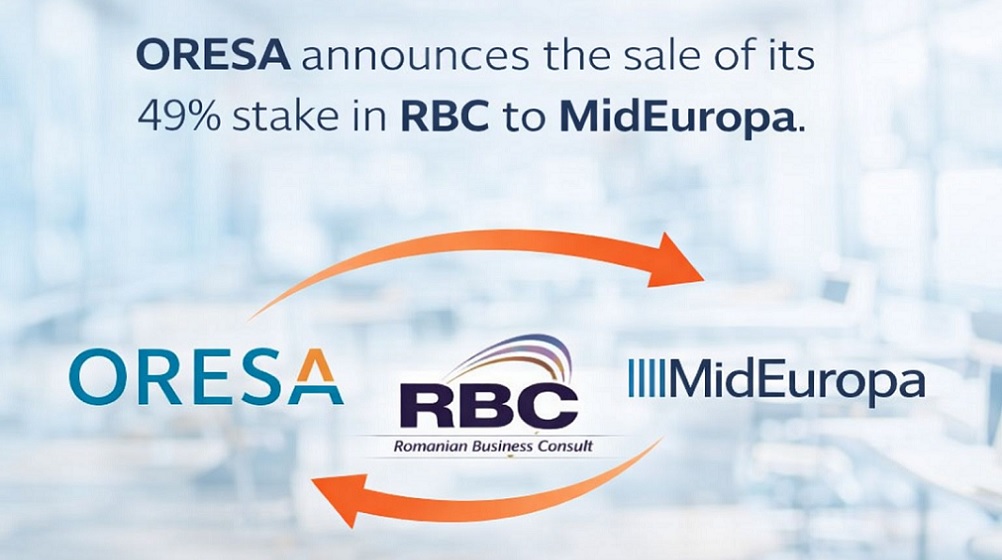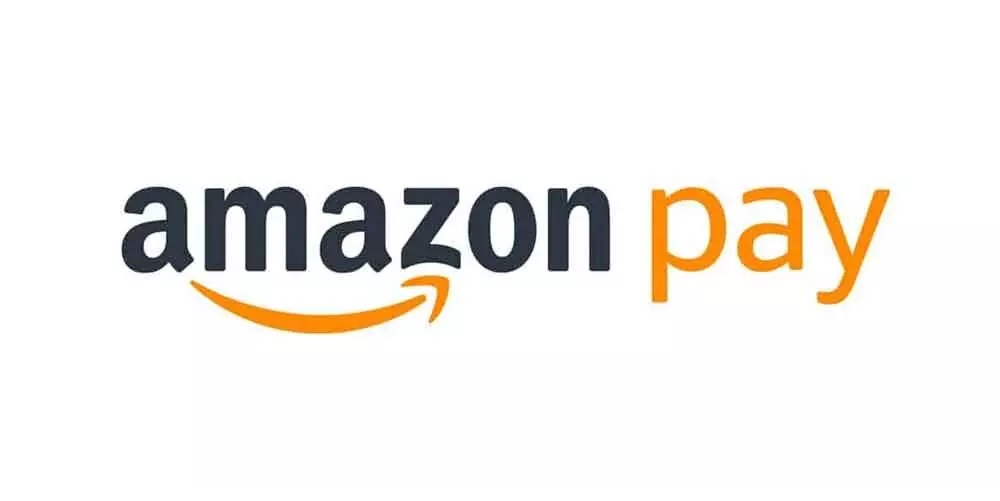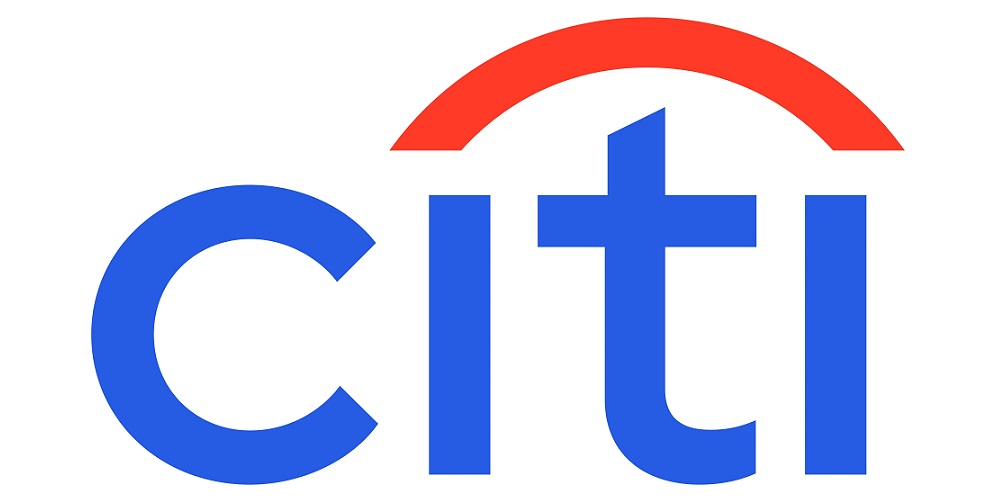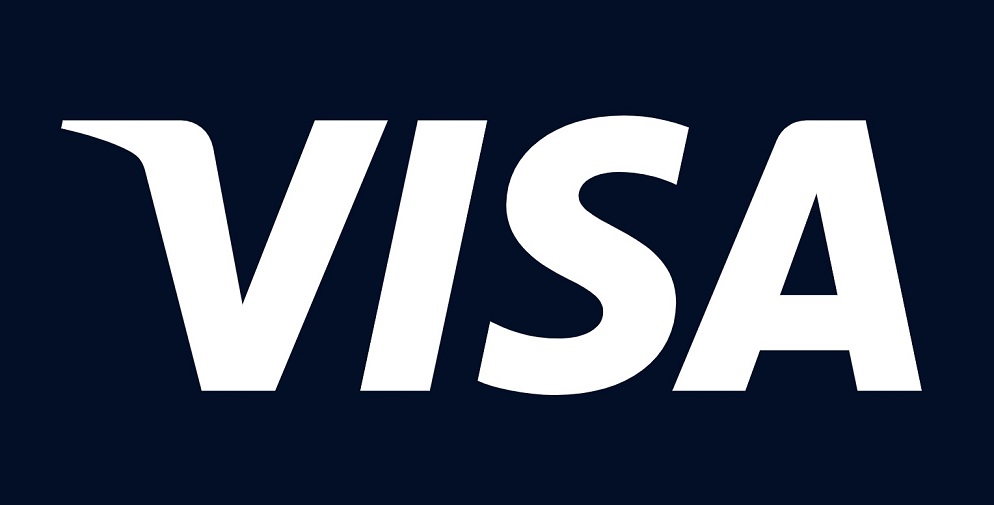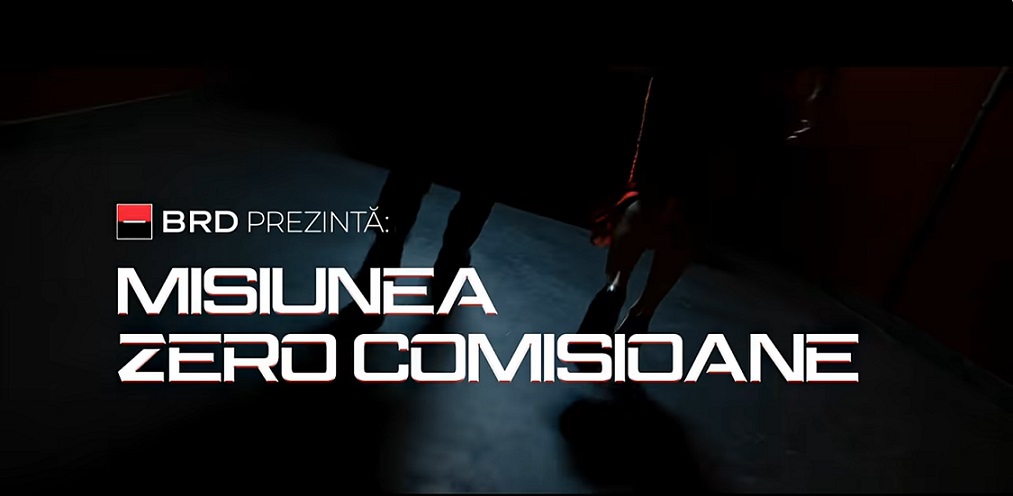Beam is bringing blockchain technology to retail mobile payments: ”we want to eliminate the need for credit card terminals”

A global payments acceptance platform, Beam, is combining mobile phones and blockchain technology to provide a way of providing that ease-of-use and speed necessary for retail payments. And the company believes the time is right to introduce an alternate mobile payments solution, according to venturebeat.com.
“There are examples where adoption has been less slow,” says Beam cofounder and CEO Serdar Nurmammedov. “In China, 90 percent of consumers use WeChat as payment for offline purchases. Take a place like the UAE, where the phone penetration rate is much higher than average at 228 percent, you’ll find higher rates of mobile payment adoption. In Dubai, for example, we have seen consumers willing to pay using their mobile when incentivized to do so. Over there, merchants have managed to eliminate payment processing fees altogether on the Beam network.”
Beam’s idea is to change the way we approach mobile payments. Through its platform, customers are rewarded for purchasing everyday products using their phone. For example, Beam was the first app to let users in the United Arab Emirates (UAE) pay for fuel from their cars.
Beam’s technical network now operates in more than 400,000 stores globally with over 5,000 live stores on three continents. Beam has already processed over $250 million in payments for retailers such as Carrefour, Costa Coffee, Aldo, Tommy Hilfiger, and more.
And it works the same as any other mobile payment solution. Beam integrates with point-of-sale (POS) systems to process transactions on behalf of its retailers. Every payment on the Beam platform captures transactional data points, and each party rightfully owns their own data.
“Credit card terminals process card transactions and work with Apple and Android Pay,” Nurmammedov said. “Beam integrates with POS systems natively (directly at the machine level) as well as with the credit card terminals. We also provide apps to merchants to process Beam transactions. Finally, they can also use a web browser to process Beam transactions.”
Beam has plans, however, to remove the POS from the process entirely.
“In the long term, we want to eliminate the need for credit card terminals altogether, something Apple and Android Pay cannot do,” Nurmammedov said. “This is not in the interest of traditional acquirers, as they generate an average of $600 per credit card terminal each two years by leasing out these devices to merchants. We want to eliminate this so the merchants can save on such unnecessary 20th-century equipment.”
Beam is also not limited to NFC for mobile payment processing.
“We are agnostic to the identification method of the customer at the point of sale,” Nurmammedov said. “We can use NFC, Bluetooth, or even QR codes displayed at POS or on customer’s phone. We implement the best-suiting solution given the environment and the territory in which we launch Beam in. Currently, in Australia, Sweden, and UAE, we also use BLE (Bluetooth Low Energy) beacons.”
Beam’s growth relies on providing an incentive to try an alternate payment model.
“We are inviting local partners and other network participants such as issuer apps and POS companies to join and start generating revenues,” Nurmammedov said. “The more that come on board, the better the system becomes for all. In order to accelerate the rate of adoption in all markets where Beam is launched, we will drop the minimum reward contribution amount of 2 percent and offer zero payment processing fees to all merchants on the Beam network. Whilst the global average of 2 percent to 3 percent payment processing fee may look like a low number on its own, when the net payment processing fees are applied over a merchant’s net profit, the fees mount up to 30 percent.”
“Mobile payments will become ubiquitous and cash will be redundant,” Nurmammedov said. “For Beam we are creating a platform to go beyond just payments. Bringing together all those involved in a transaction and removing the middlemen. In this way, the benefits created by every purchase can be passed on to those that made it happen. Through predictive planning, for instance, overproduction can be minimized, waste management can be improved, and a more personalized level of rewards for customers will be available. The social impact will be on a level we haven’t seen before.”
Dariusz Mazurkiewicz – CEO at BLIK Polish Payment Standard
Banking 4.0 – „how was the experience for you”
„To be honest I think that Sinaia, your conference, is much better then Davos.”
Many more interesting quotes in the video below:
